Oxenfree II: Lost Signals review – don’t touch that dial
A mature sequel to an indie cult classic that’s just as spooky and chatty
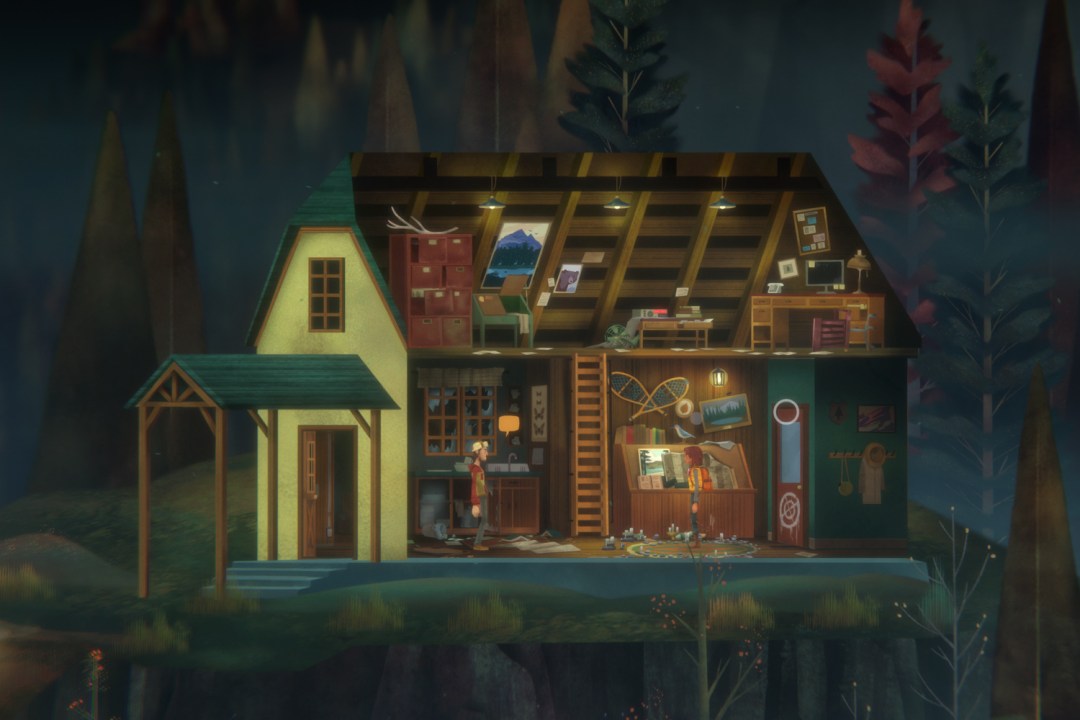
Given 2016 indie game Oxenfree’s Stranger Things vibes, taking inspiration from both coming-of-age teen dramas to supernatural horror from the 80s, it’s little wonder that Netflix snapped up the developer Night School Studios in 2021. The cult indie 2.5D graphic adventure has since been added to the streaming service’s own impressive library of games.
Finally, you can add the long overdue sequel Oxenfree II: Lost Signals to that collection too. Sure, it’s also on other platforms including the Switch where the game was originally announced for, but it’s a no-brainer if you’re already subscribed to the streaming giant (seriously, if you haven’t checked out games via Netflix already, they include real gems such as Immortality, Kentucky Route Zero, and Into the Breach).
If you’re however new to Oxenfree, even though the sequel has you playing as new characters, without spoiling anything, it’s highly recommended that you play the original game first. Fortunately, that’s easy to do via Netflix and a single playthrough should take you an evening, or two at most. With that out of the way, let’s dig into the review.
Older, wiser?
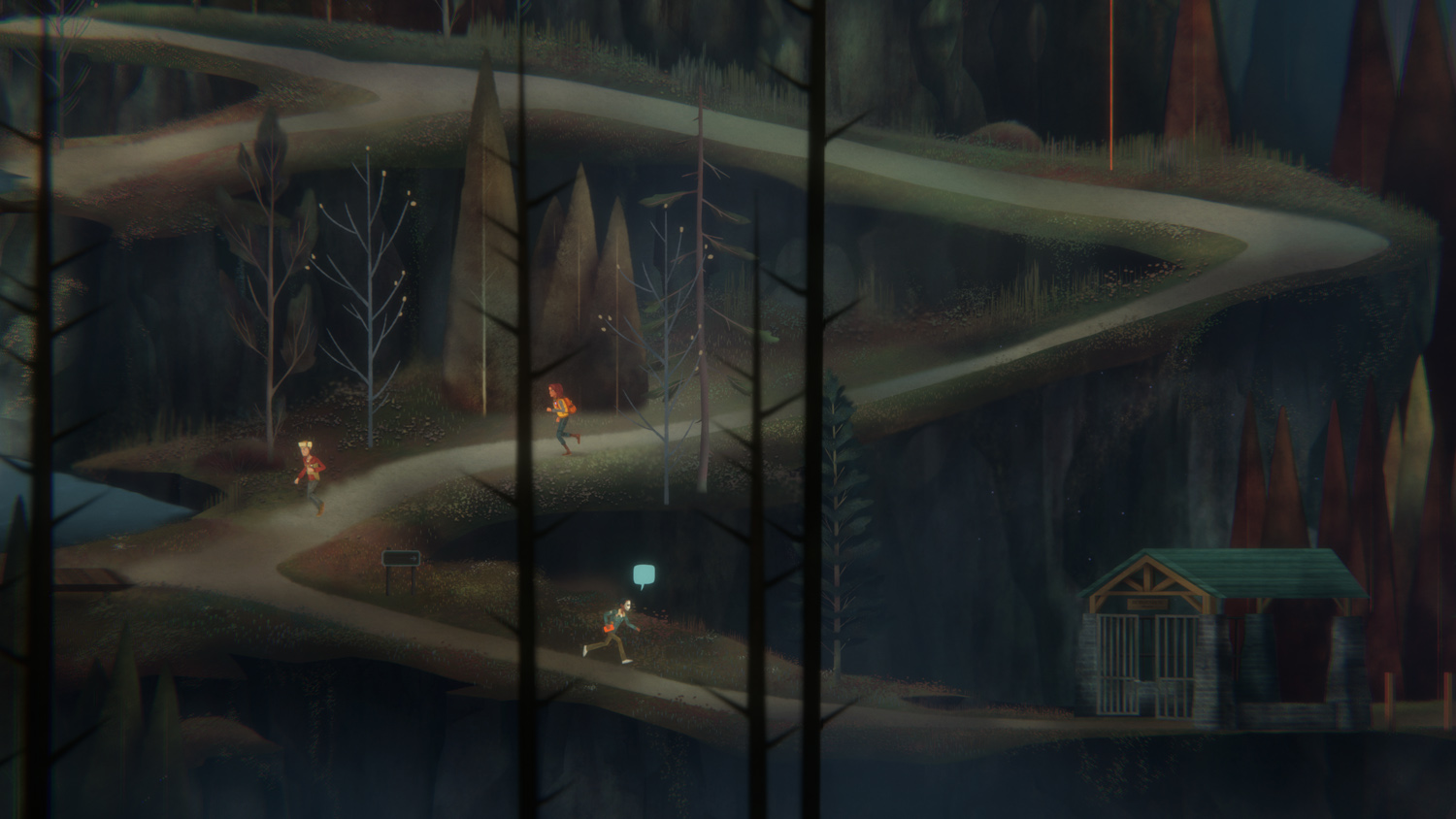
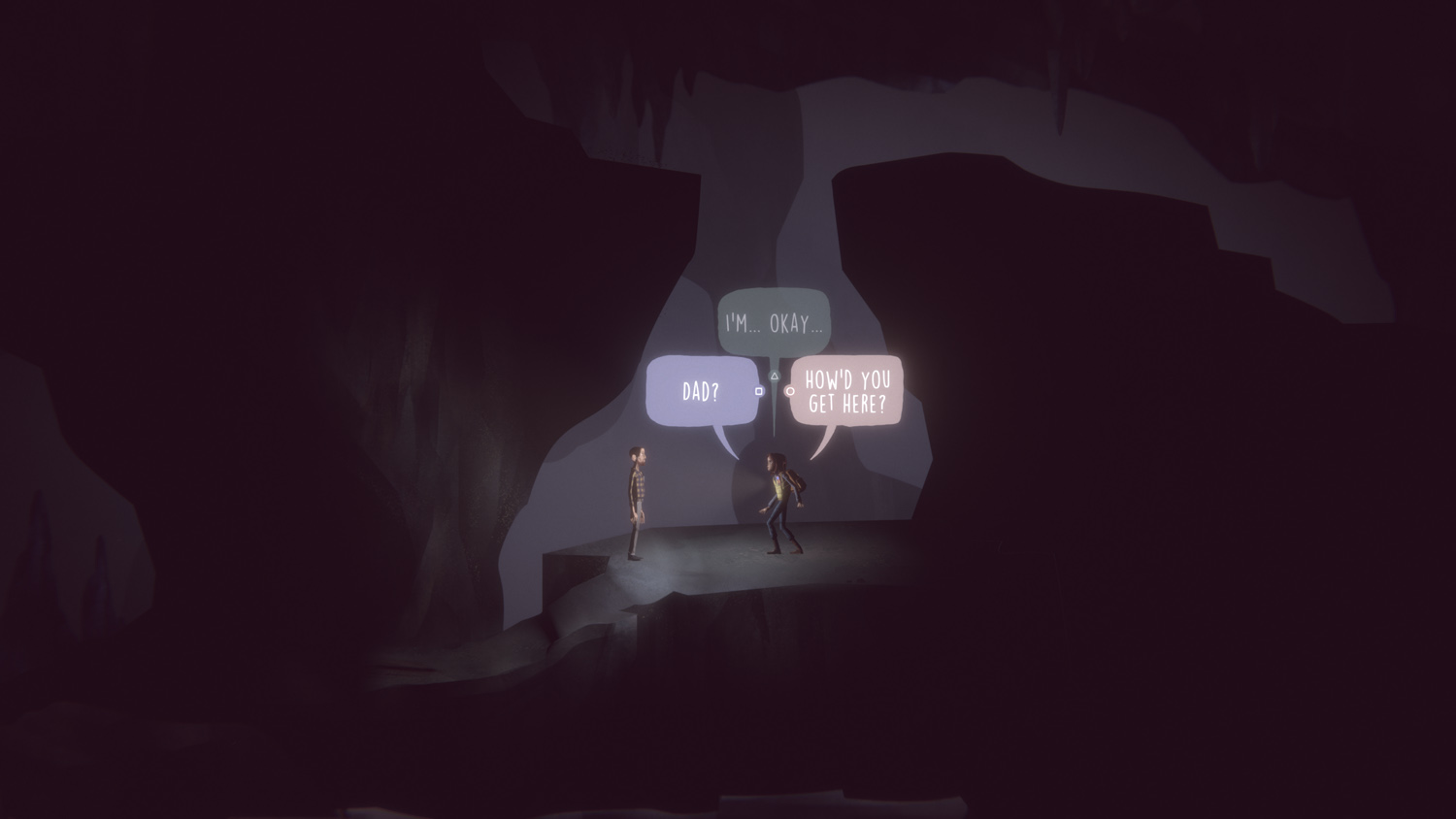
Where the first game was set over a weekend at the mysterious Edwards Island, home to an old decommissioned military base, Oxenfree II is set in Camena, the nearby fictional Oregon coastal town from where the previous game’s characters also came from.
You play as Riley, a woman who grew up in Camena but who’s returned to take up a job as an entry-level environmental researcher. Her first task is fairly straightforward as you’re asked to plant transmitters around town, at least until something strange happens and you’re also investigating strange radio signals, not to mention a portal that’s suddenly opened up in the sky. You’ve got a long night ahead of you.
The spooky paranormal vibes of the original are correct and present then, as is composer scntfc who also returns to provide a terrific score that oscillates between ambient electronica to eerie synths. But there’s also a significant perspective shift. Where the first game was a coming-of-age story starring a group of teens, Riley is in her thirties, as is her co-worker Jacob. That naturally gives a different flavour to conversations, while the two also don’t start off as friends despite having grown up in the same town. Think less teen speak and more world-weary insecurities and regrets that come with age.
Incidentally, it’s the kids who are the antagonists this time around, as you learn of a cult-like group called Parentage led by a group of teens who are behind the bizarre events. There’s still something of a paranormal threat too, something you’ll experience very early on, from strange time loops to people seemingly becoming possessed, but a physical human threat certainly changes dynamics. Not that you’re going to get into anything violent, because as with the first game, Oxenfree II’s core comes into its conversations, and the dialogue choices you make that can affect a different number of outcomes.
Walk and talk
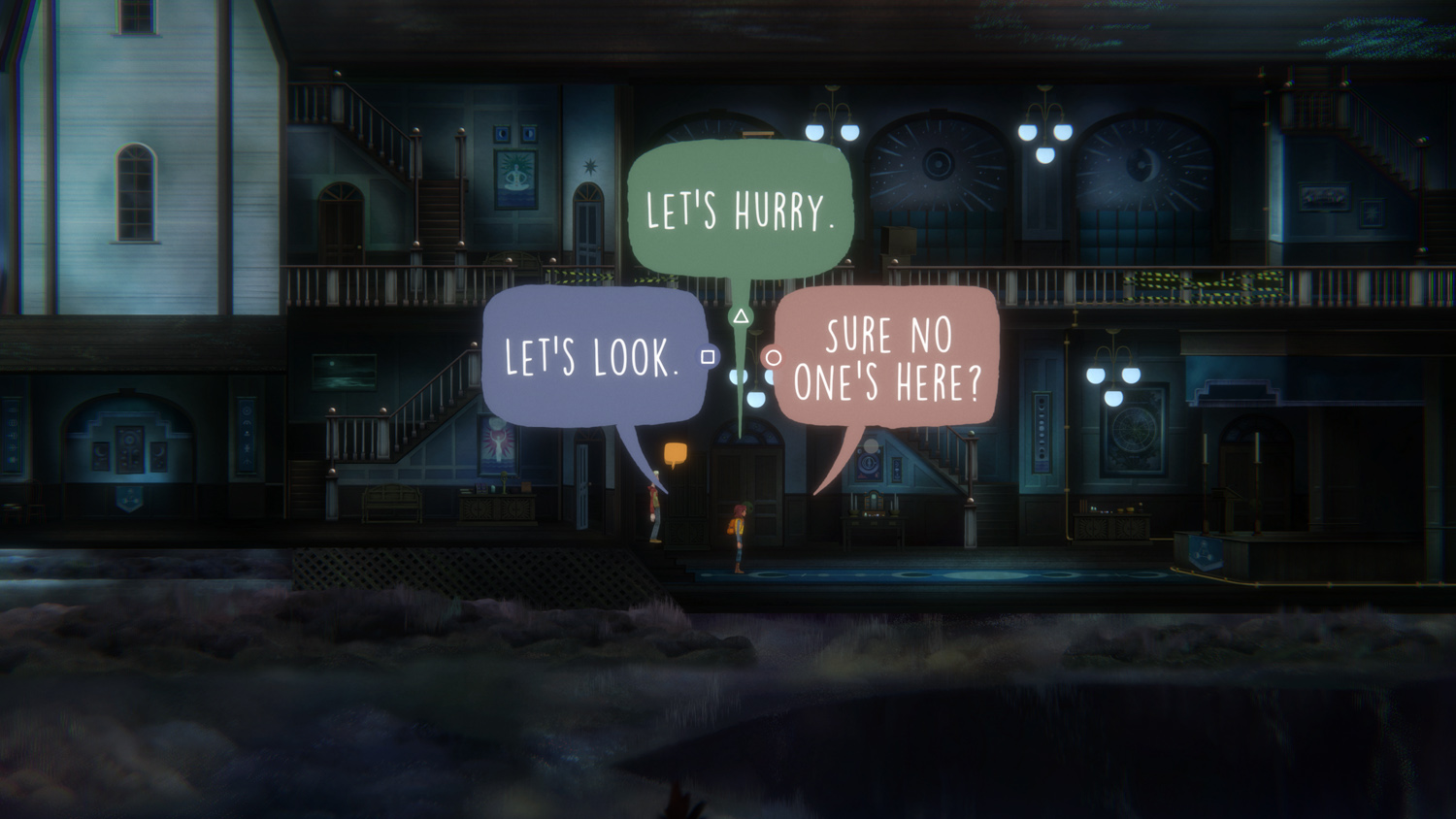
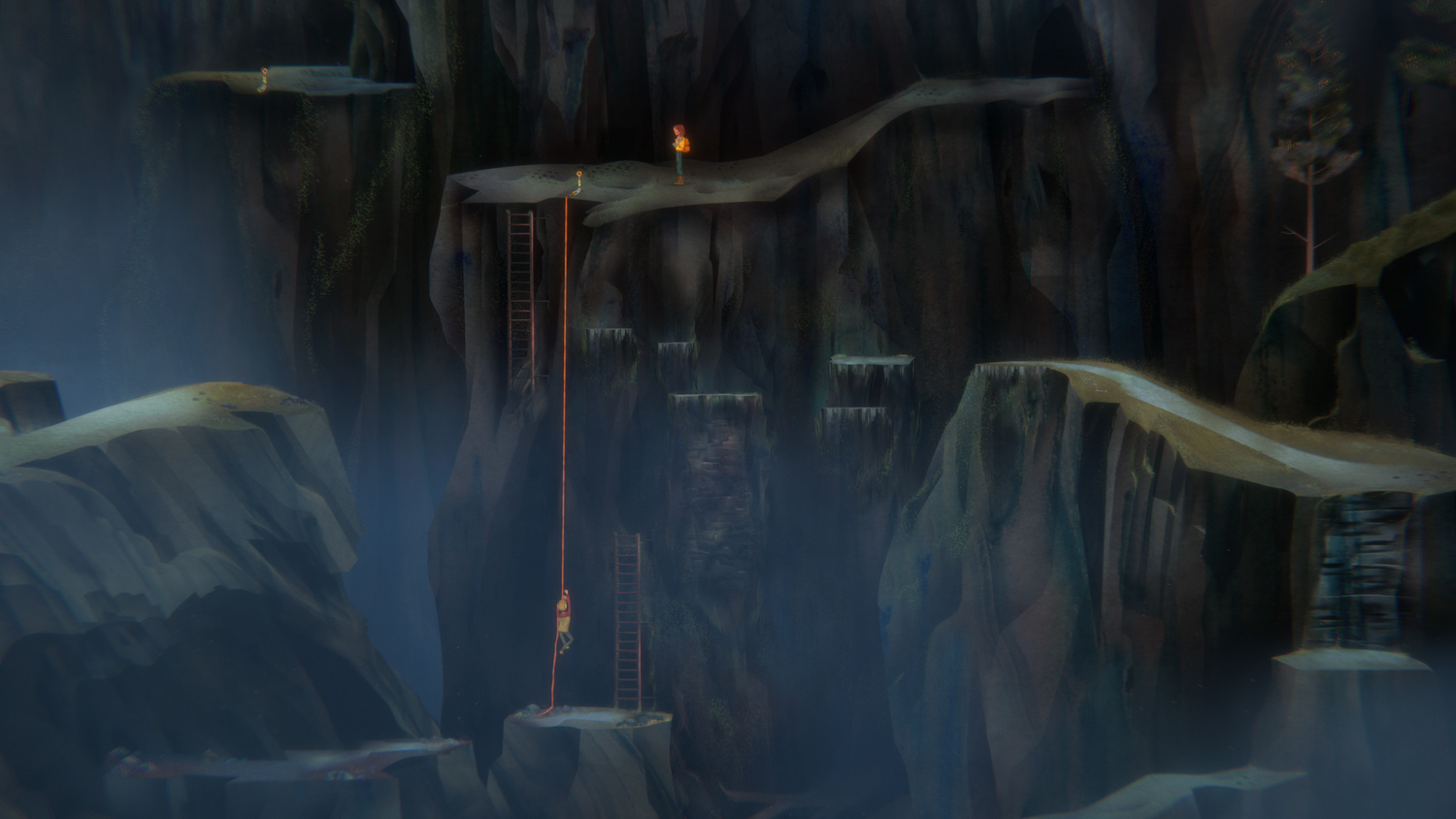
Video game dialogue can sometimes feel stilted so what made the original Oxenfree so fresh wasn’t just that its characters sounded like teenagers but they also had a very natural flow where you could interrupt a conversation or even just walk away. It’s a little disappointing then that Oxenfree II loses some of this dynamism.
This is partly because there are less characters onscreen, and it’s instead more of a two-hander between Riley and Jacob, who follows you around anyway. Which isn’t to say the way their relationship develops over the course of the game isn’t interesting, but it’s just something to be aware of for fans of the first game. There’s an instance early on during a conversation where we opt to take a shortcut and separate from Jacob, leading him to pick up after we reunite but it’s a rare occurrence.
The dialogue system still functions in a similar way where a coloured speech bubble appears over a character’s head so you know who’s talking, while two or three dialogue bubble choices will often pop up above Riley for you to choose your response, or you can also just ignore if you wait for them to fade out. Meanwhile, a thought bubble showing a character’s face also indicates whether a response has changed the way someone feels towards that character, though again, with fewer characters than before, its effects don’t feel as apparent.
There’s also conversations you can have with characters over your walkie talkies, and you’ll find yourself receiving calls from an interesting bunch of locals this way, who you’ll have the choice to check in with, help with requests, or ignore as you see fit. More interesting is the radio transmitter you have for tuning with strange radio signals as you turn the frequency up and down. That said, as pleasing as the effect is with both audio and haptics, it’s not designed to be taxing, nor are other puzzles you encounter that might have you also opening up time-travelling portals.
Come on Camena
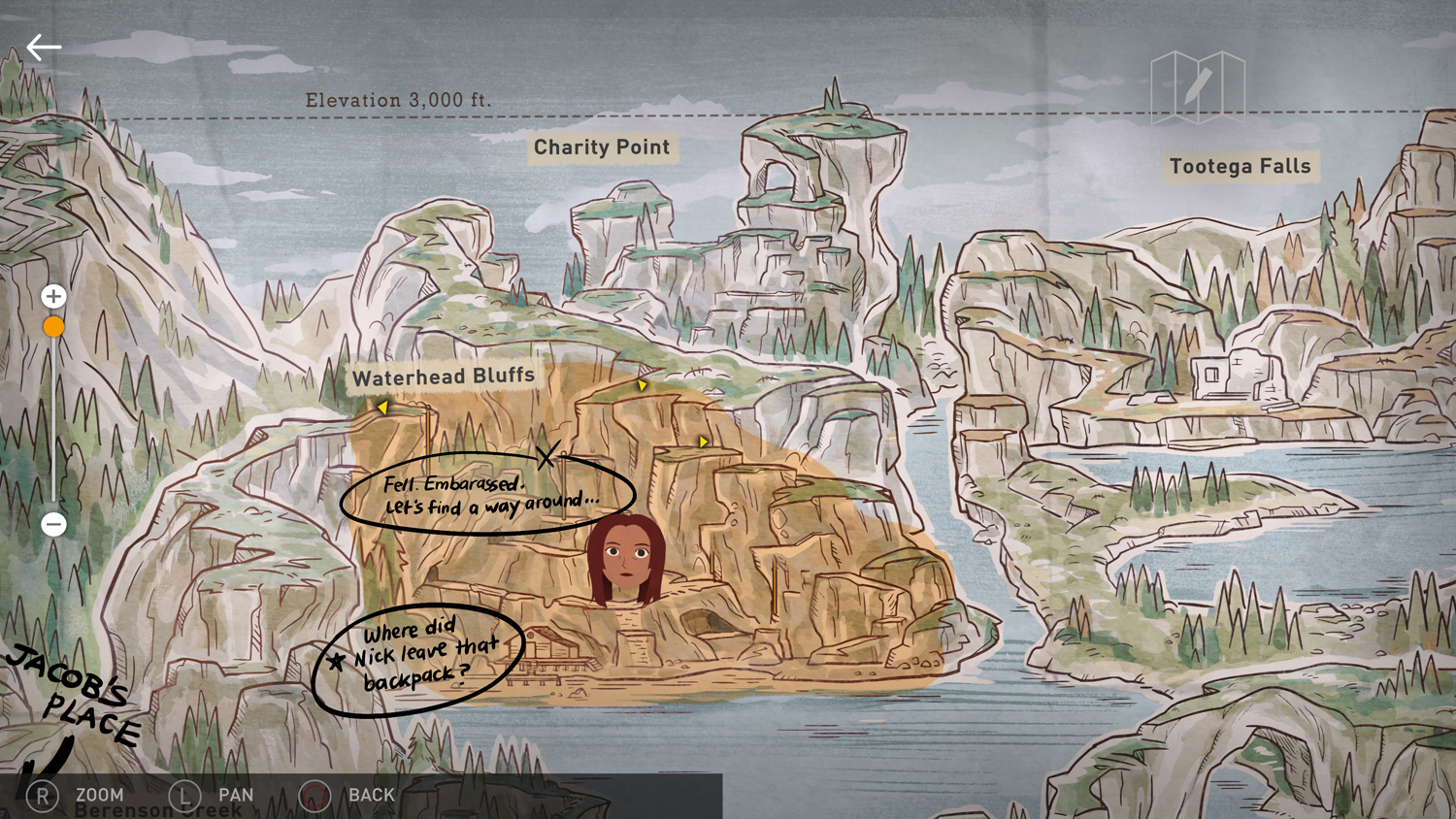
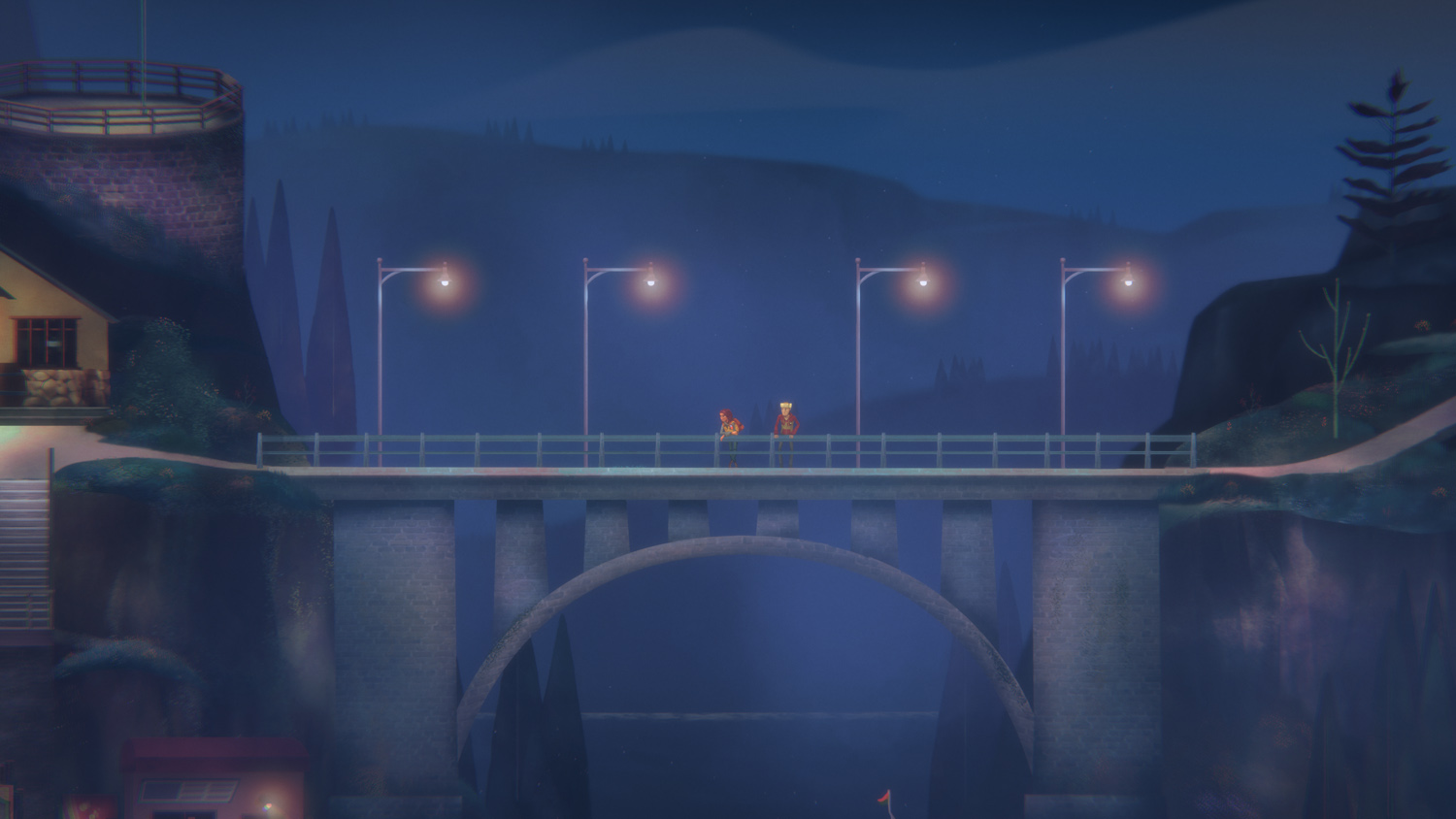
While you would imagine the town of Camena as being larger than Edwards Island, Oxenfree II still sticks to a brief running time of between four and six hours, depending on how involved you get in optional activities, though the different narrative choices and possible endings certainly makes it replayable.
By getting to explore the whole town however, you do get variety in different locations, some taking you to more remote areas with more nature as well as a former mine that’s since become a ghost town, and even some callbacks to the first game. You have a bit of freedom in exploring each part of the town as you search for ideal spots to plant your radio transmitters, though some locations are gated, but you also have a few more traversal options, from climbing certain cliff faces to using rope to rappel down and across environments.
It’s also easy to navigate thanks to a town map that you can open up anytime and zoom in. It also updates with annotations whenever you learn something new, similarly to a notepad on the side that Riley also uses to scribble down new information or tasks. What we would have liked is the option to also zoom in on the characters while you play but you unfortunately have no control over the camera. To be sure, Oxenfree II’s handpainted environments look sublime, but it does feel strange that for a game about very human conversations you’re always kept distant from them onscreen. We suspect this is both a stylistic and practical decision so that the artists don’t have to painstakingly animate facial expressions for the cast.
If it’s any consolation, you won’t have to squint when playing the game even on a small screen, as there’s options for large text whether that’s for subtitles or dialogue choices, though the text for the bits of lore you can find throughout the town remains quite small. We’d advise just turning this up from the off as the default text size does feel too small.
Oxenfree II: Lost Signals verdict
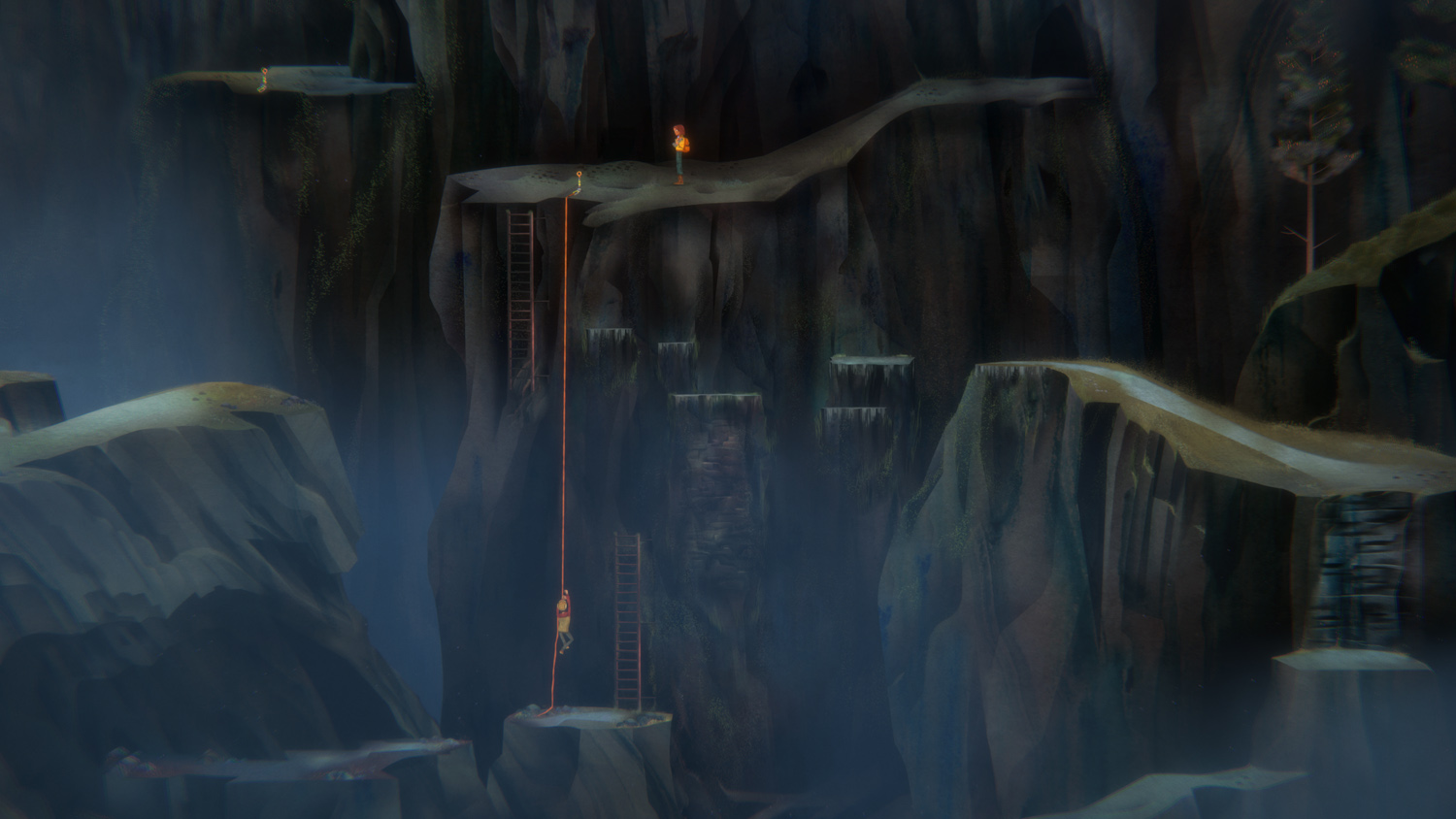
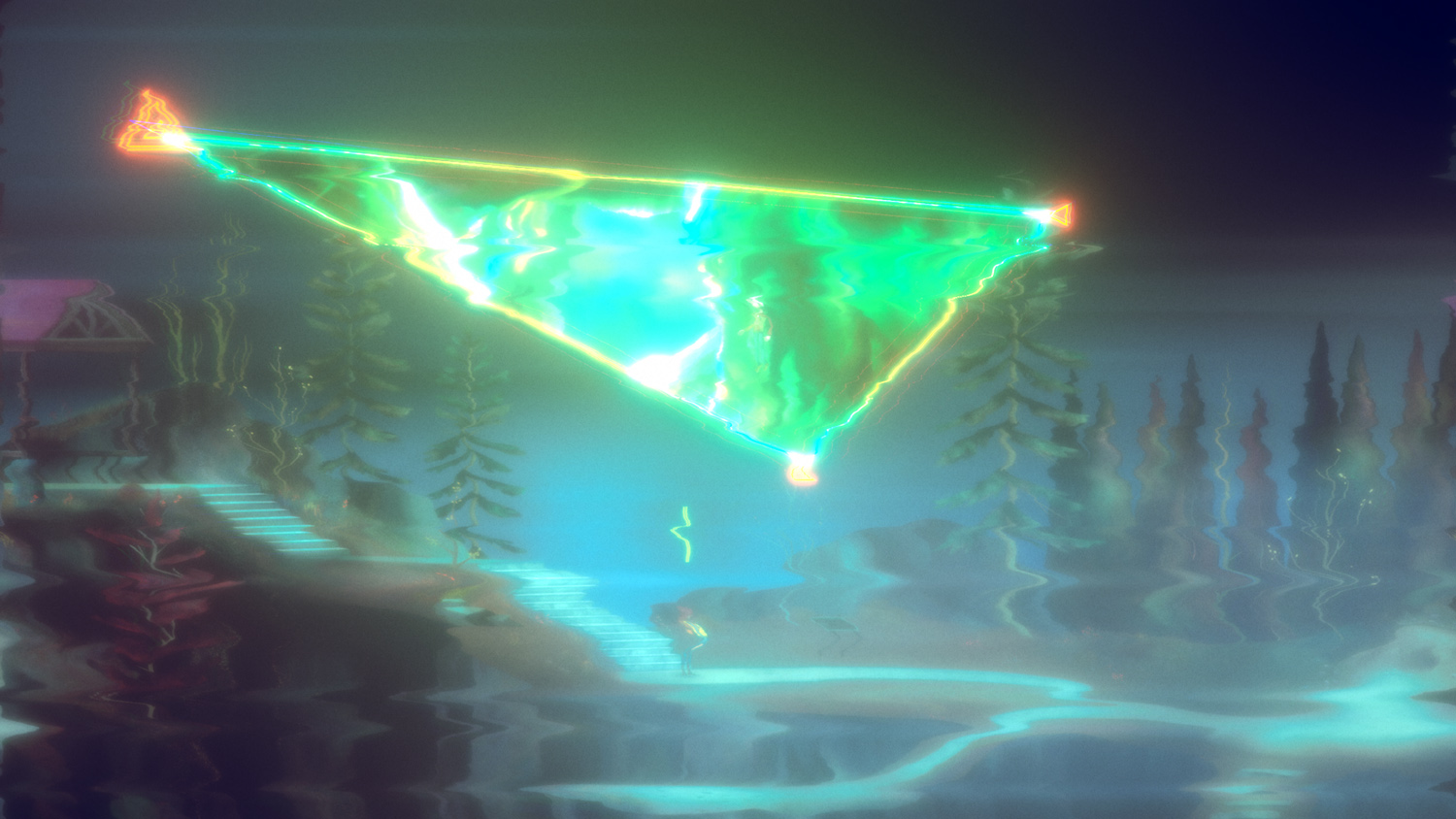
Oxenfree II may no longer be a coming-of-age teen drama like its predecessor, and with that it’s lacking some of that game’s charming dynamism, but it still stands out with its strong sense of place and smart, immediate writing that gets you invested in characters that you grow to like as they grapple with both the supernatural and their own hang-ups.
Balancing its creepiness just right so that it’s unnerving without being outright horror, it’s an enjoyable narrative summer romp that might not make a huge departure from what came before but has enough optional content and narrative choices that will compel you to play more than once. Just make sure you’ve played the first game to get the most out of it.
Stuff Says…
A fun and spooky, if more world-weary and melancholic, narrative adventure with strong writing and atmosphere.
Good Stuff
Great (spooky) vibes
Whipsmart writing
Different meaningful choices to narrative
Bad Stuff
Dialogue system not as dynamic as previous game
Less expressive with onscreen characters compared to writing



